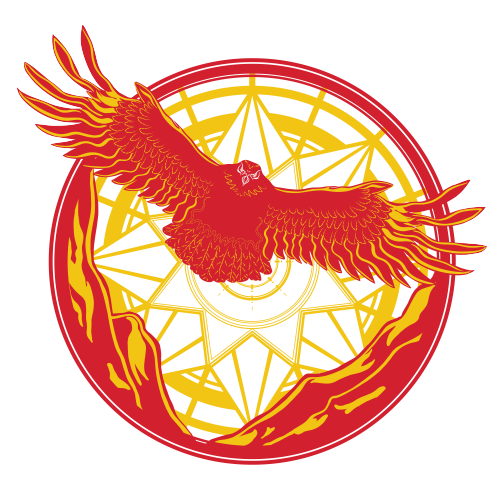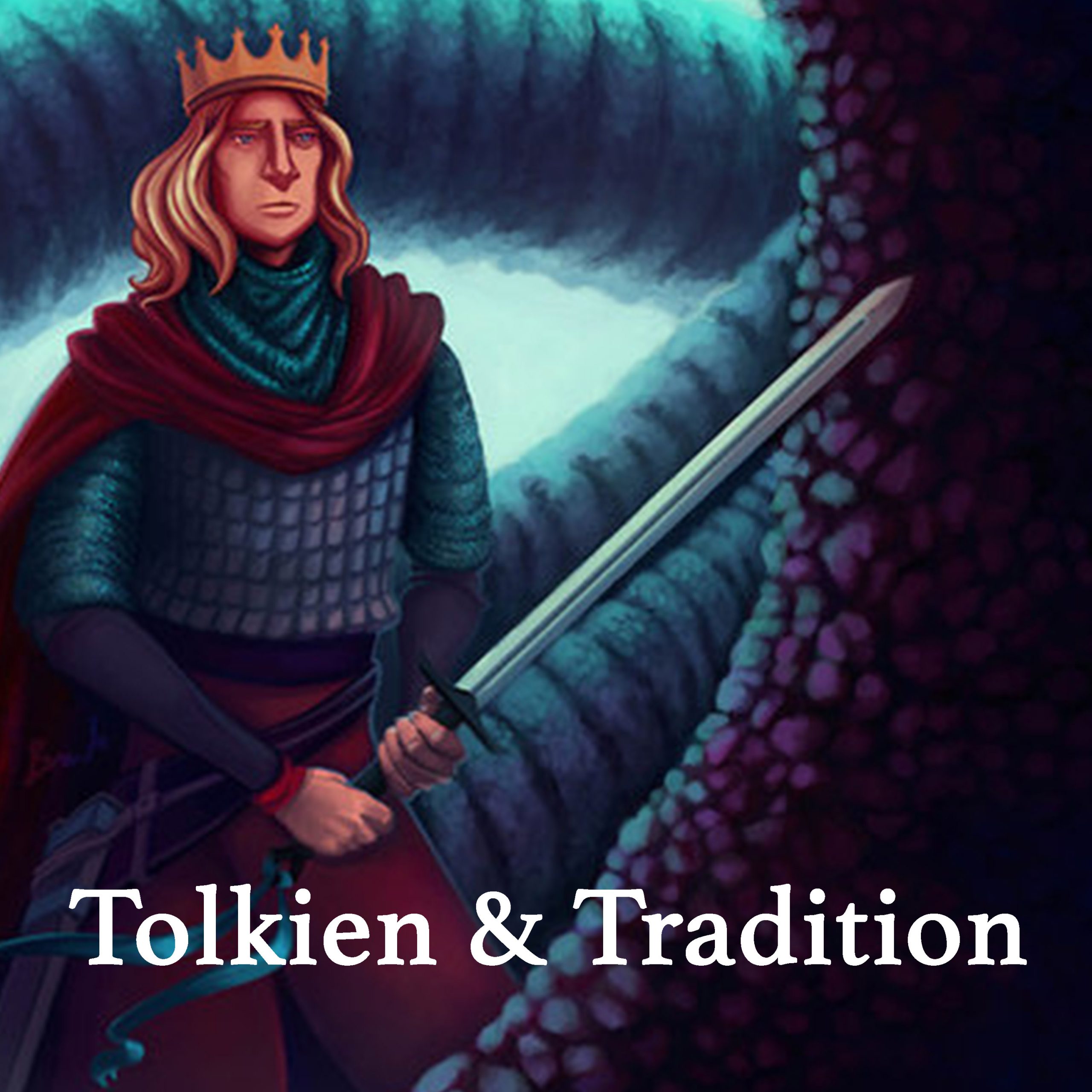INSTRUCTORS:
How does “The Story of Kullervo” relate to Kalevala? How does Sigurd and Gudrún relate to The Volsung Saga? How does The Fall of Arthur relate to the medieval Arthur legends?
Tolkien once said his immediate response to reading any medieval story was to want to write one like it. He did. Three times. “The Story of Kullervo” came from the Finnish Kalevala; Sigurd and Gudrún was his take on the Icelandic Eddas; and The Fall of Arthur was inspired by the Middle English Alliterative Morte Arthure and the Stanzaic Morte Arthure. We’ll read each of these works in the context of its particular literary tradition to explore how Tolkien fits/alters/extends/compresses traditional material to make it his own. The course divides naturally into three segments each devoted to a mythic story and Tolkien’s treatment of it. You will learn to evaluate Tolkien’s works both individually and comparatively, judging them in the context of each other as well as of their sources as read in class.
Notes for Summer 2024: This Flex course includes recorded lectures by Dr. Verlyn Flieger and will be precepted by Dr. Sara Brown and Erin Aust. The Summer 2024 term will include a 1-week summer break during the week of June 17, 2024.
Course Schedule
Week 1: Background
- The folklore movement, myth, language, romanticism, nationalism.
- Lönnrot, Proto-Kalevala 1834, Old Kalevala 1835, Kalevala 1849. Folklore or fakelore?
Week 2: The Orphan — Tolkien and Kalevala
- Tolkien and myth. Language & languages. Kalevala essays pp. 246-277 “I would that we had more of it left”
- Kalevala essays continued
Week 3: Tolkien and Kalevala
- Runos 31–33 — Kalervo’s Offspring and Ilmarinen’s Wife
- Runos 34–36 — Kullervo and his Family
Week 4: Tolkien and Kalevala
- “The Story of Kullervo” pp. 214-227
- “The Story of Kullervo” pp. 227-245
Week 5 (September 23 – 26): The Hero — Tolkien and the Volsungs
- Norse worldview. Sources: Snorri Edda, Codex Regius, Völsungasaga
- Tolkien and the North from Andrew Lang to Beowulf to the Kolbítar
Week 6: Sigurd
- Sturluson, Gylfaginning pp. 7-19, Bellows Mythological Poems Voluspø
- Sturluson, Gylfaginning pp. 99-104, Bellows Heroic Poems Gripispo, Reginsmol, Fafnismol
Week 7: Sigurd
- Tolkien, Legend Volsungakvitha pp. 59-126
- Legend Volsungakvitha pp. 127-180
Week 8: Gudrún
- Bellows, Atlakvitha
- Legend Gudrúnarkvitha
Week 9: The King – Tolkien and Arthur
- Arthurian tradition from Geoffrey to Malory to Tennyson
- Tolkien, the Waldman letter, The Notion Club Papers
Week 10: Tolkien and Arthur
- Benson, Alliterative Morte
- Benson, Stanzaic Morte
Week 11: Tolkien and Arthur
- Tolkien, TheFall of Arthur Cantos 1 – 5
- “The Unwritten Poem”
Week 12: Tolkien and Arthur
Wrap-up and class discussion
Required Texts
The links are provided for convenience only, and we encourage students to purchase texts wherever they wish.
- Edda by Snorri Sturluson, translated by Faulkes
- The Poetic Edda: The Mythological Poems by Henry Adams Bellows
- The Poetic Edda: Heroic Poems by Henry Adams Bellows
- King Arthur’s Death by Larry Dean Benson and Edward Foster
- The Legend of Sigurd and Gudrún by J.R.R. Tolkien
- The Fall of Arthur by J.R.R. Tolkien
- The Story of Kullervo by J.R.R. Tolkien, edited by Verlyn Flieger
Further required reading will be provided to registered students in the final syllabus.
Course History
This course has been offered in the following semesters.
| Semester | Preceptor(s) |
|---|---|
| Summer 2024 | Dr. Sara Brown |
| Spring 2021 | Dr. Sara Brown |
| Fall 2018 | Liam Daley |
| Fall 2016 | Erin Aust |
| Fall 2013 | Liam Daley |
Course Artwork
Course artwork adapted from an original illustration by Breana Melvin. Used with permission. All rights reserved.



